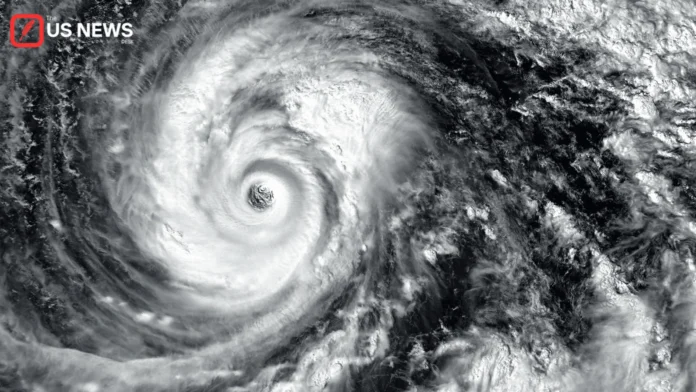Hawaii has issued a statewide state of emergency as Hurricane Kiko barrels closer to the islands, bringing the imminent threat of massive waves, life-threatening rip currents, and heavy rain—despite weakening and likely staying north of landfall.
1. Emergency Declared as Precaution
Acting Governor Sylvia Luke issued the emergency proclamation on Friday, September 5, activating swift-response measures across the state through at least September 19. This includes:
- Mobilization of the Hawaii National Guard
- Activation of state disaster funds
- Temporary suspension of procurement and public works regulations to expedite assistance
- Coordination among all state agencies to ensure resources are ready in case of any storm-related damage
New York PostThe Economic TimesFOX Weather
2. Kiko Weakening—but Surf Remains Dangerous
Hurricane Kiko has eased from Category 4 intensity to a Category 2/3 system as of September 7, with sustained winds near 110 mph (175 km/h). The storm is traveling west-northwest, positioned roughly 635 miles east of Hilo, and expected to weaken further as it enters cooler, drier conditions north of the islands. A direct landfall now appears unlikely.
AP News+1FOX WeatherLive Science
However, as the system skirts north of Hawaii, it continues to pump large swells toward the islands—particularly impacting the east-facing shores of the Big Island and Maui. Waves measuring 10 to 15 feet (3 to 4.5 meters) are forecast, bringing the risk of potentially fatal surf and powerful rip currents.
AP News+1FOX Weather
3. Why This Matters—Even Without a Direct Hit
- Coastal Danger: Strong rip currents and breaking waves pose immediate threats to swimmers, beachgoers, and coastal infrastructure—even if the storm itself avoids landfall.
- Preparedness Without Panic: Although widespread flooding and wind damage are not expected, authorities emphasize readiness for unexpected shifts in Kiko’s path.
New York PostAP NewsFOX Weather
What Residents and Visitors Should Do Now
| Action | Details |
|---|---|
| Monitor forecasts | Stay tuned to the National Hurricane Center and local agencies for updates on Kiko’s path and intensity. |
| Avoid ocean activities | East-facing beaches, especially on Maui and the Big Island, are experiencing dangerous surf and should be avoided entirely. |
| Prepare emergency supplies | Have essentials like water, food, medicine, and charged phone batteries ready in case conditions change. |
| Know evacuation and shelter plans | Especially for coastal communities, understand evacuation routes and available shelters in advance. |
| Heed official guidance | Follow all instructions from state and local authorities—this includes closures, advisories, or emergency declarations. |
Further Reading
- NOAA’s National Hurricane Center offers authoritative updates on storm paths and advisories.
- Hawaii Emergency Management Agency (HI-EMA) provides detailed preparedness resources, including rip current safety tips and evacuation procedures.
In Summary
Though Hurricane Kiko is weakening and likely to pass north of Hawaii, the state is taking rightful precautions. The main hazards now are coastal threats—notably powerful surf and treacherous rip currents. Remaining alert, prepared, and respectful of the ocean’s force remains essential for residents and tourists alike.




